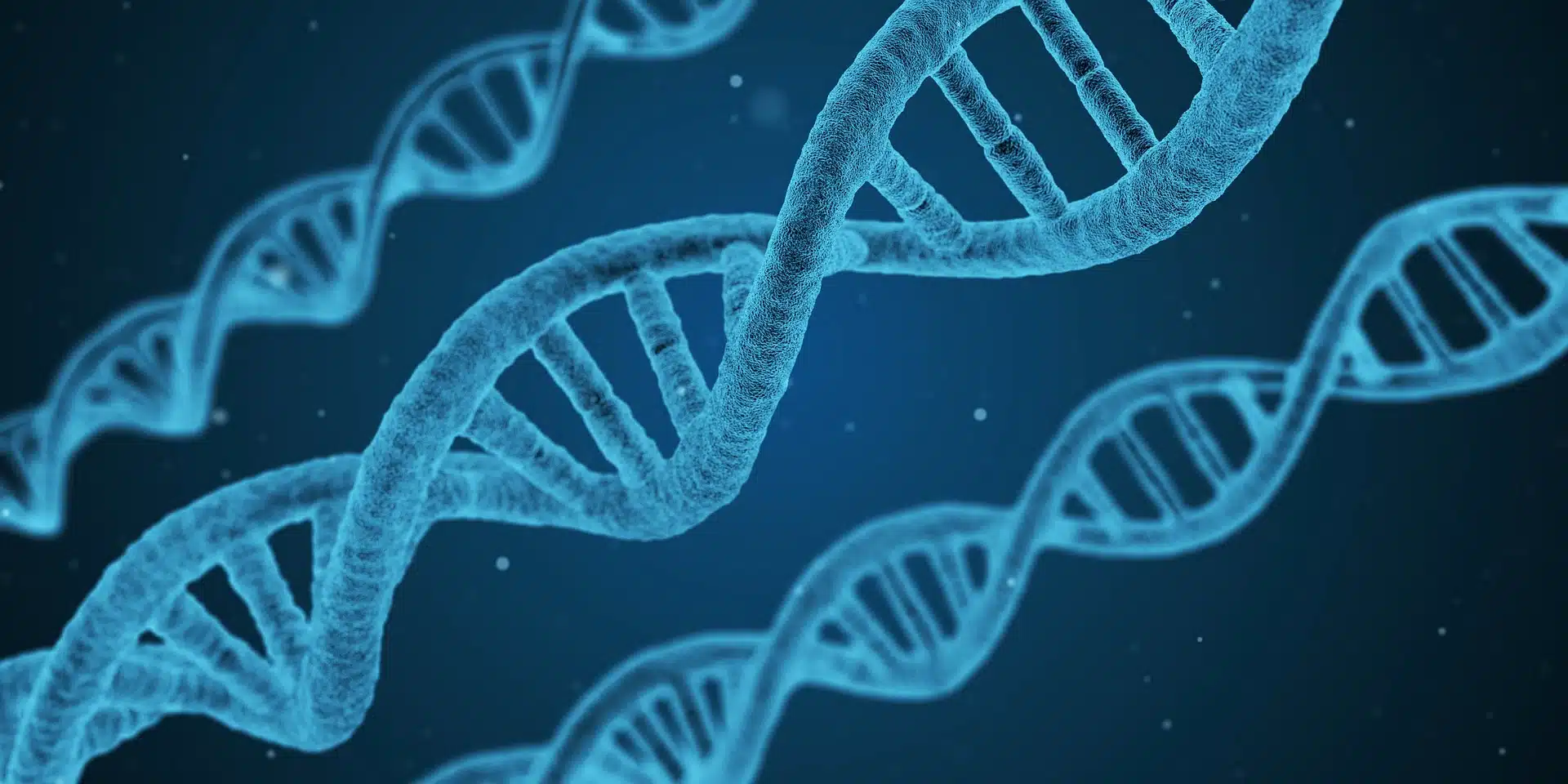Gene Tied to Childhood Epilepsy
October 18, 2022
Article published by VUMC Reporter
In the mammalian brain, the chief inhibitory neurotransmitter is called GABA. The gene SLC6A1 encodes the GABA transporter GAT1, and in Neurobiology of Disease, Felicia Mermer, Sarah Poliquin, Jing-Qiong Kang, MD, PhD, and colleagues report experiments — in silico, in vitro and in mice-o — tying novel variants in SLC6A1 to a childhood syndrome called myoclonic atonic epilepsy (MAE).
Among data drawn from four unrelated MAE patients were seizure phenotypes (including EEG patterns) and whole-exome sequences (drawn also from the parents). Four different de novo SLC6A1 variants were found in the four patients, and for two of these, machine learning predicted destabilized forms of GAT1.
In murine and in human astrocytic glial cell cultures (the latter generated from induced pluripotent stem cells), the four variants posed reduced expression of GAT1 (measured in mouse cells) and reduced GABA uptake (measured in mouse and human cells). In a mouse model these deficits posed seizure activity of both MAE and childhood absence epilepsy varieties.







